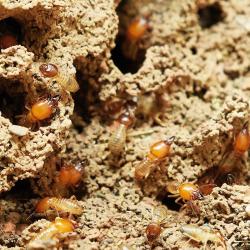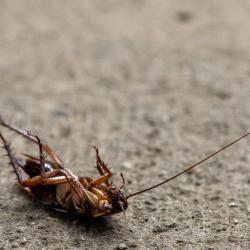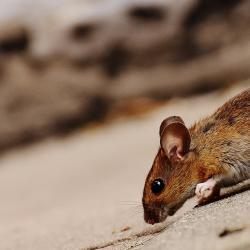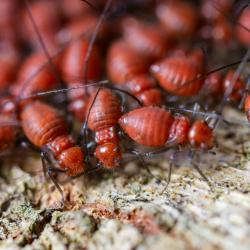Pest-Proofing Your Home: What You Need to Know
Keeping your home free from pests is essential not only for preserving its structural integrity but also for ensuring the health and well-being of your family. Pest-proofing is a proactive approach to managing potential infestations, which can save you time, money, and stress in the long run. Here's what you need to know to effectively pest-proof your home.
Understanding Common Household Pests
Before diving into specific pest-proofing strategies, it's important to understand the types of pests that commonly infiltrate homes. Some of the most prevalent include:
- Rodents: Mice and rats are notorious for sneaking into homes through small openings. They can cause significant damage by gnawing on wires and insulation, and they pose health risks through droppings and urine.
- Insects: Ants, cockroaches, and termites are among the most common insect intruders. Termites, in particular, can cause serious structural damage if not addressed.
- Spiders: While most spiders are harmless, some can pose risks to humans, and their presence can be unsettling.
- Wildlife: In certain areas, raccoons, squirrels, and bats can find their way into attics and basements, bringing along potential hazards.
Pest-Proofing Strategies
-
Seal Entry Points:
- Inspect your home for any gaps, cracks, or openings, particularly around doors, windows, and the foundation.
- Use caulk or weatherstripping to seal cracks and install door sweeps to eliminate gaps beneath doors.
- Ensure that windows and vents are equipped with screens and that these screens are free from tears.
-
Maintain Cleanliness:
- Keep your kitchen and other areas where food is stored or consumed clean and free of crumbs.
- Regularly dispose of garbage and use sealed bins to prevent attracting pests.
- Avoid leaving pet food out overnight.
-
Properly Store Food:
- Store food in airtight containers to minimize odors and prevent access.
- Regularly check pantry items for signs of pests like weevils or moths.
-
Manage Moisture:
- Repair any leaks in plumbing and ensure proper drainage around your home’s foundation.
- Use dehumidifiers in damp areas like basements to reduce moisture levels that attract pests.
-
Outdoor Maintenance:
- Keep your yard tidy by trimming bushes and trees away from your house to eliminate bridges for pests.
- Remove debris and clutter, such as leaf piles and unused equipment, where pests can hide.
-
Regular Inspections:
- Conduct routine checks for signs of pest activity, such as droppings, gnaw marks, or nests.
- Pay special attention to hidden areas like basements, attics, and crawl spaces.
When to Call in the Professionals
While DIY pest-proofing measures are effective, there are times when professional intervention is necessary:
- Severe Infestations: If you notice a large number of pests or signs of structural damage, a professional pest control service can provide a thorough assessment and treatment.
- Specialized Pests: Certain pests, like termites or bed bugs, require specialized treatment techniques that are often best handled by experts.
- Recurring Issues: If pests keep returning despite your efforts, a professional inspection might uncover issues you’ve overlooked.
Conclusion
Pest-proofing your home is an essential aspect of home maintenance that should not be overlooked. By taking a proactive approach and implementing these strategies, you can protect your home from unwanted intruders, ensuring a safe and comfortable living environment for you and your family. Remember, the key to effective pest management is vigilance and consistency.





















